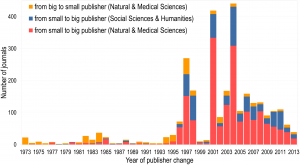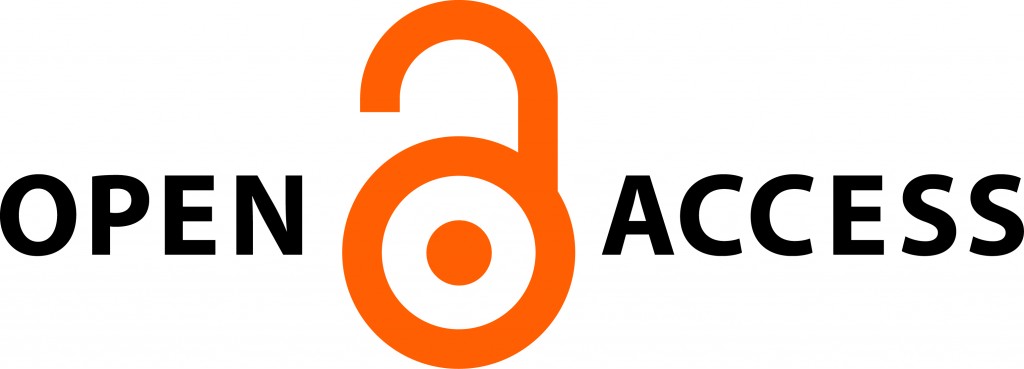Note: the two sessions will be basically the same thing offered in different locations. You don’t need to come to both, though you are welcome to do so.
The nature of scholarship is changing, as are the ways in which you can engage with your research community and beyond. As part of Otago’s Open Access Week events, these sessions will consist of a series of quick fire topics on the theme of ‘being open.’ Those who come along can chose topics they’re interested in, including but not limited to:
- creative commons
- open educational resources (OERs)
- hosting your own journal
- data management (e.g. Figshare)
- ORCID unique researcher identifiers
- Otago University Research Archive (OUR Archive, our institutional research repository), and
- Academic Networking sites (e.g. ResearchGate, Academia.edu), etc.
The quick-fire topics will serve as an invitation to attendees to engage in an open discussion where they can ask questions, share experiences or even get hands-on support. You don’t know a thing about ORCID but you know you want one? Do you apply creative commons licences to your work and want to share your experiences? These sessions will be of use to all students/academics/researchers keen to engage in conversations around open access, the pros and cons and making the most of the various tools available.
When: 1 – 2pm Wednesday 21 October 2015
Where: Science Library Seminar Room (far-right corner from the entrance, see floorplan)
When: 1 – 2pm Friday 23 October 2015
Where: Hunter Centre G30a (ground floor, to the right inside the main entrance)





 Read Hawkes’
Read Hawkes’ 

